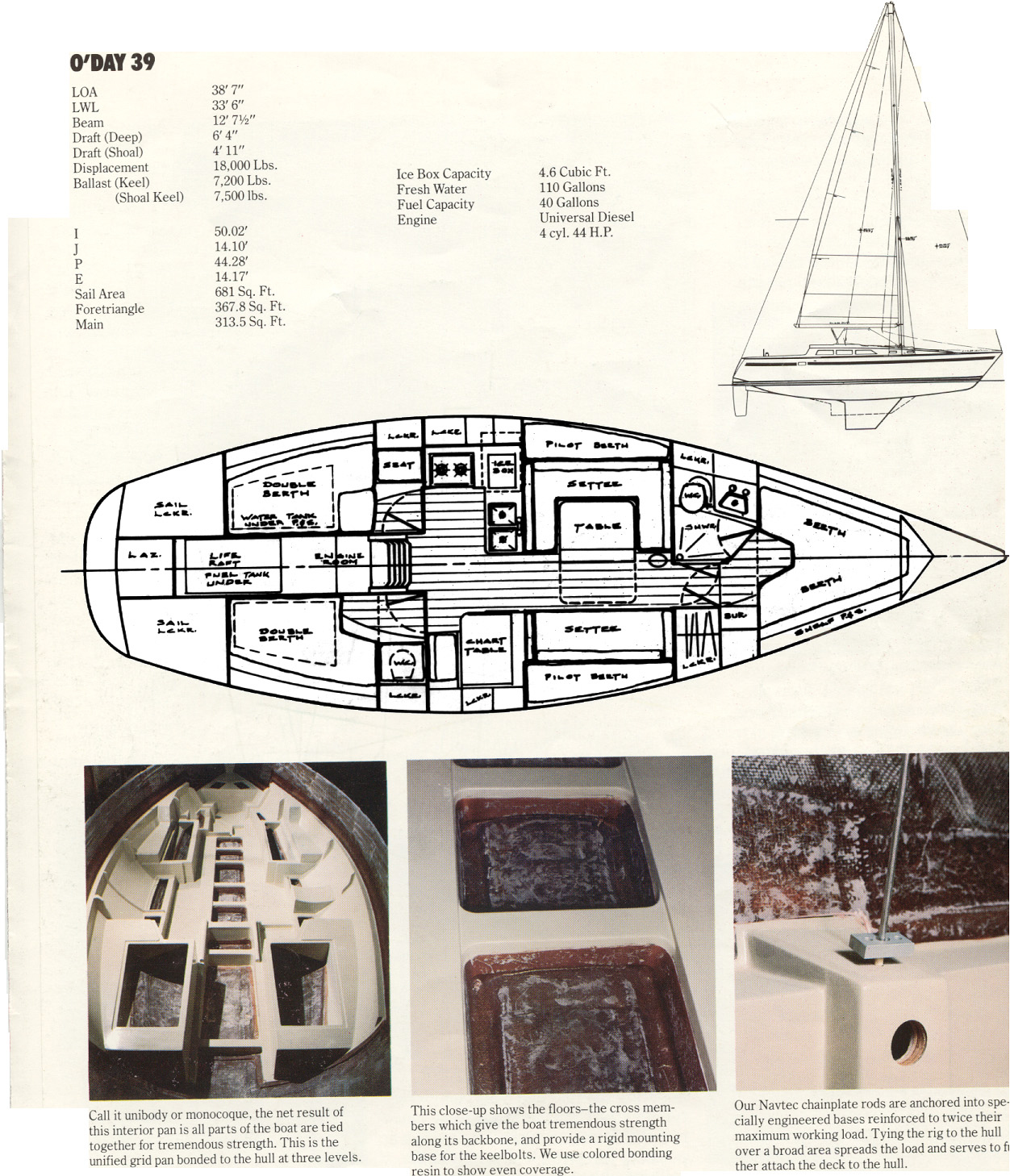Thank you for the replies.
As far as the rigging it seems to be in good working order, I have gone thru measured for straightness and checked to make sure the tension on both sides it the same, she seems to sail pretty similar on both tacks. I did bend the mast back a little (about 2") because I thought the main may have too much luff curve ( about 7 inches, which I have yet to get a good answer from anyone on to see it that is good or bad) but I think this is was unnecessary, as we don't get much weather helm until about 18knots, and I did this after a race we had where it was gusting to 30knots all day 20+ all day and I had bad weather helm, and had a hard time flattening the main. But I don't usually sail in that kind of wind, so I have pretty much set the mast back straight again maybe 1" of bend. The recommendations I have got is to keep it straight, tight forestay and no slopping shrouds on the leeward side. How tight do you set your for and fore and back stay I have an old tension gauge, not sure it will give me an accurate number read but I can use it compare it to the shrouds?
The sails are Dacron with a full batten main, loose foot and 135 roller furling jib. I am not in love with them by any means but that is an expensive investment and am trying to make sure I'm not missing something first. Also I don't think they look to bad when trimmed. They are still crisp, I don't think they are too stretched out. I am only guessing this because the previous owner didn't use the boat and I have had it for 2 years now and have probably only put 100-200 hours on them. (Couple Bahamas trips and about 10-15 races) I have been working on getting quotes for new sails. It has also been recommended I send these sails in and maybe look into seeing if they need "a tummy tuck"(this is from one the most experienced sailors in our location). My thought on that is I would rather buy a new sail then spending 500 bucks to fix this one, and again I'm not having the weather helm issues. Although the last race we had about 10knots wind and I ran everything pretty loose (Mainsail foot, halyard and jib halyard,) I did get some luffing (more then I am use to seeing) in the front part of the main (in the luff curve area of the main) when pointing I wasn't able to trim it out with the sheet and traveler, but the tell tales flew nicely. So the main may be the issue.
As far as experience goes I have been racing in these same races for about 15 years now on a Pearson35 which I shared with my Father and weather I raced that boat, or he did, or we raced together we did always did really good( I would say 1st or 2nd most races). To top it off we always raced that boat with the dingy hanging off the davits didn't care about weight at all, just kept the bottom clean and did great, now on my new boat I am dumping water tanks leaving everything on the dock, and the Pearson sails right past me the dinghy hanging off the back. In the old Pearson per handy cap should be a slower boat, the Pearson has a 226 rating and I am 174, and the sails on that boat are the same size as mine and are at least 12 years old now (we never did any rigging tuning on that boat). So that boat is really my biggest comparison besides a few others I have sailed against for years now. I don't consider myself a great racer by any means other the other hand I also don't think I am a total novice either, but the performance I have been able to get out of this boat in these races is becoming a little discouraging, and the races I have traveled to my finishes are really quite embarrassing. I know this boat is quite a bit different then the Pearson and I am still learning it. I even bought the Northsail racing book and there are always areas where I can improve, but I didn't find anything I have been doing wrong in the book. It might be that this boat requires a lot more adjustment for conditions and is more sensitive to weight then I am use to. The other thing is I think I will probably need to start flying the spinnaker especially for broad reaching conditions, although I would really like to dial in the non spin before adding that to the equation.
I have lined up a couple people from the my race community to sail the boat with me, I might find some answers there, but in the mean while I thought I would reach out to this community and see if I can get some input, also see if anyone has had much luck sailing racing this boat. As far as a cruiser I think the boat is excellent and I think it could be a quick racer as well just thinking maybe these sails suck or I'm really screwing something up.
I know this is a lot so again thank you for your input an time.
Henry



